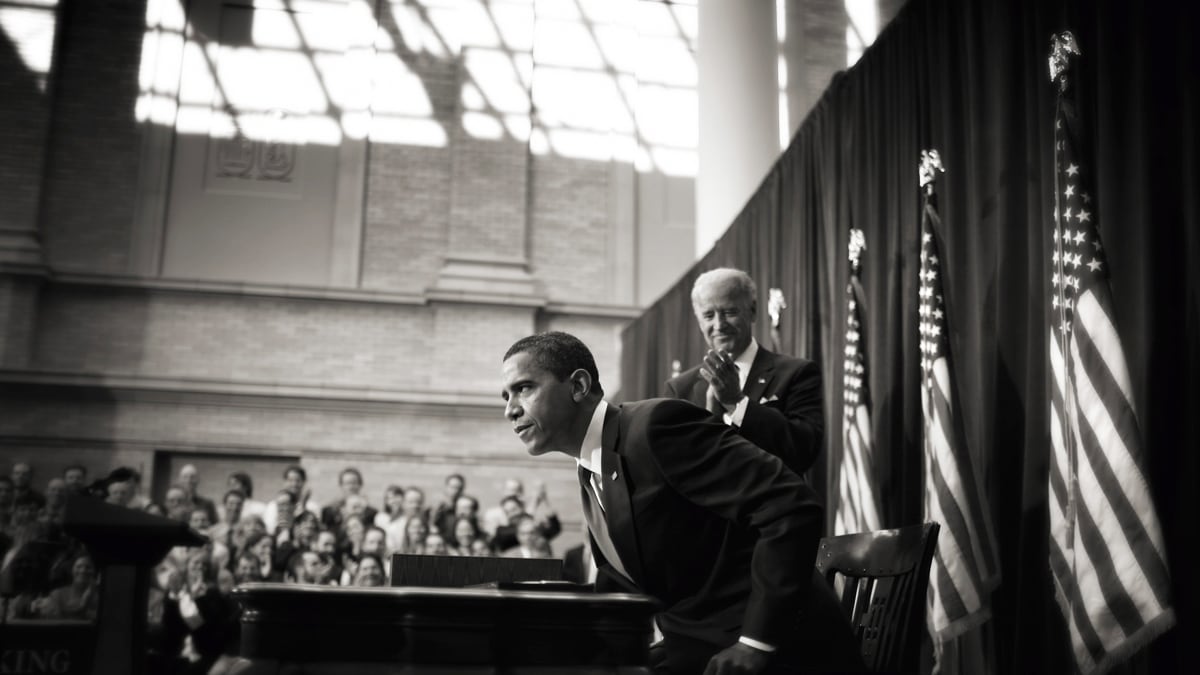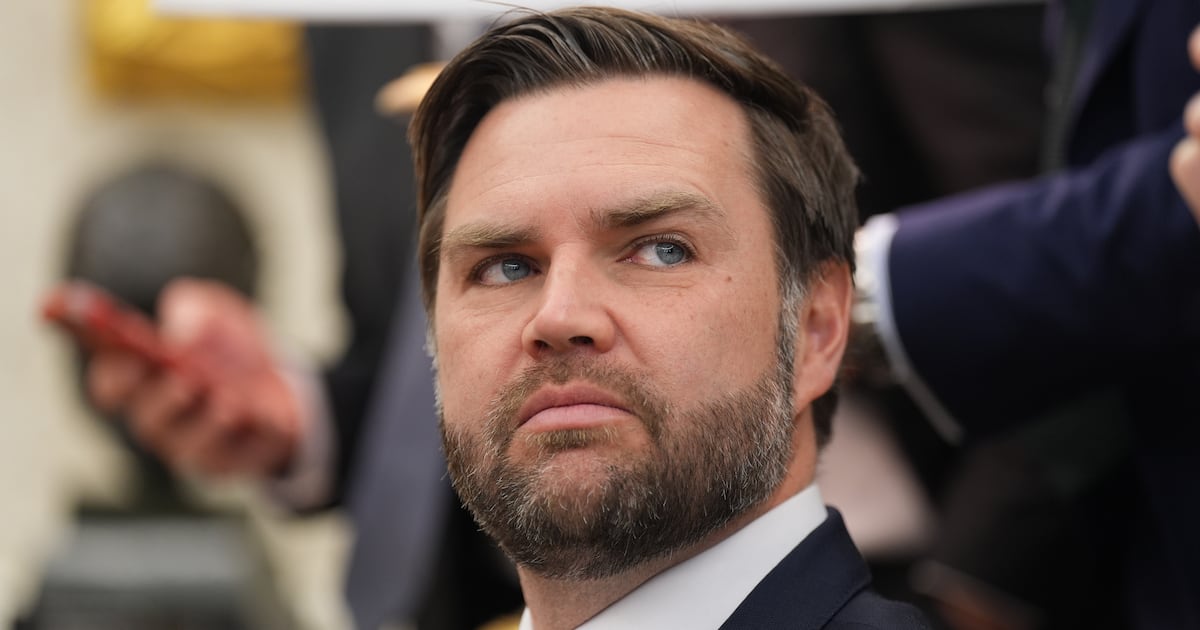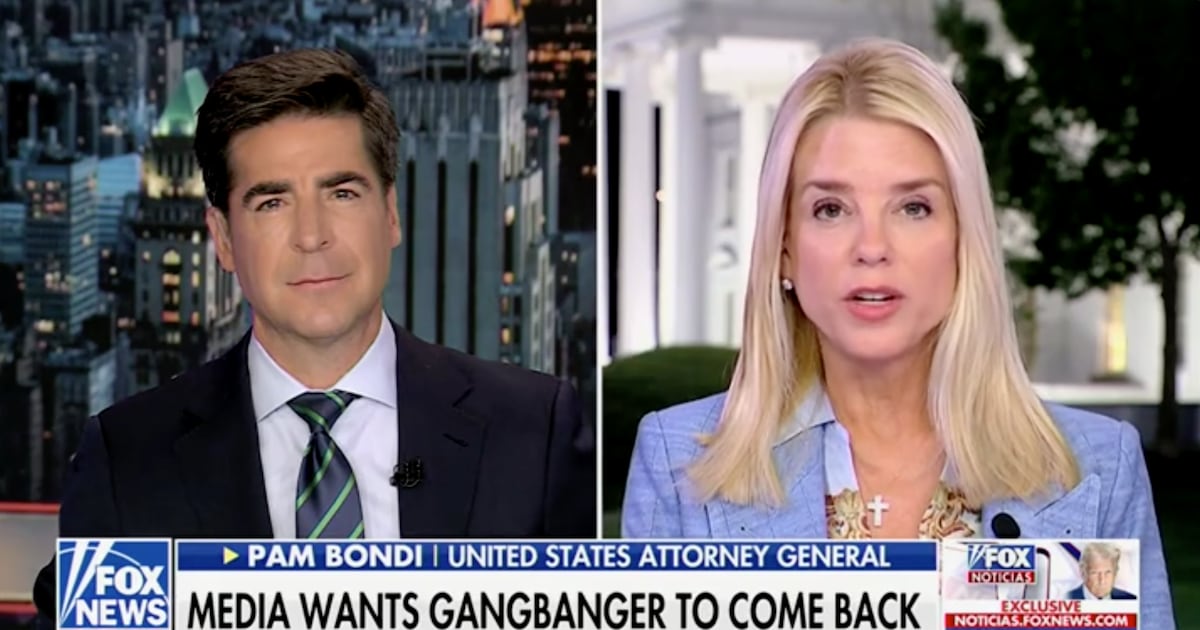
Although the presidential election is now in full swing, one piece of legislation is hardly mentioned: the stimulus. The $787 billion piece of legislation, passed soon after Obama took office was both gargantuan in size and in how much it tried to do. The legislation was supposed to arrest the massive economic contraction and keep unemployment down, while setting the foundation for the Obama administration’s ideas on how to transform America’s transportation, energy, and education policies. And yet, with unemployment still above 8 percent, the stimulus is widely seen by many Democrats as too small and only marginally effective, while Republicans portray it as a complete boondoggle that is a symbol of everything wrong with the Obama administration. Into the breach—and just in time for the last few laps of the general election—steps Michael Grunwald, a national correspondent for Time, with his new doorstop of a book, The New New Deal. Grunwald tells the story of the stimulus from Obama’s meetings with his economic team before the election all the way to the stimulus’s still-ongoing projects today. The book is not only a comprehensive chronicle of what’s in the bill and what it’s done, but it’s also full of revelations of how the bill was written, passed, and then implemented. Here are some of the biggest scoops:

Big, Bigger, Biggest
The Obama economic team started working on the stimulus before they were elected in October 2008, and by the time it passed, it was still largely their own creation. The first Obama stimulus plan came out while he was still running for the Democratic nomination in January 2008. It was a $75 billion proposal formulated by his economic team that included no infrastructure spending. By October of that year, the number had grown to $175 billion and included a tax credit for businesses hiring new workers. Just three days later, Jack Lew, a campaign adviser who was in charge of stimulus planning, wanted that number to go up to $300 billion. After the election the number inside the administration-in-waiting jumped up to $335 billion, while outside economists were recommending up to $900 billion in the first year alone. Soon, Larry Summers, a senior adviser who would become head of the National Economic Council, was proposing a range of $500 to $700, which was close to the final $787 number.
Who Shot the Wad?
Two of Grunwald’s biggest scoops are at issue with earlier books about the administration’s economic policymaking. The first takes issue with Ron Suskind’s Confidence Men and his description of President-elect Obama’s first meeting with Christina Romer in Chicago. The way Suskind told it, “before exchanging hellos or even shaking hands” Obama told Romer that monetary policy had “shot its wad.” Suskind portrayed the meeting as an early indication that Obama “didn’t have particularly strong women skills” and that he would go on to allow Romer to be outmaneuvered by her more politically experienced male counterparts. Grunwald, however, says that “Romer is positive that Obama never said those words to her … she used them to Suskind, paraphrasing the president-elect.” In fact, the quote from Romer is that the first thing Obama said to her was, in fact, “Dr. Romer, so nice to meet you.” She tells Grunwald that the day was “one of the most thrilling of her career” and that both she and Obama focused on actually discussing the need for fiscal stimulus. In a footnote, Grunwald reports that Suskind will correct his account of the scene in the paperback of edition of Confidence Men. Suskind's account has already been corrected in both the e-book and paperback versions. In the revised version, Suskind writes of the "wad" comment: "Romer later said that this was her paraphrasing of what Obama said—that, upon reflection, she couldn’t recall specifically what words the president used—but recalled being a bit startled by this strident bit of analytical jousting."
A Trillion, Here or There
The next dispute Grunwald has is with Noam Scheiber’s account of the recommendations Obama saw for the size of the stimulus. In Scheiber’s book The Escape Artists and in The New Republic, he quotes Romer’s original recommendation that “to achieve that magnitude of effective stimulus using a feasible combination of spending, taxes and transfers to states and localities would require a package costing about $1.8 trillion over two years.” Summers thought the figure was too big and impractical to even bring in front of the president—he even rejected Romer’s compromise number of $1.2 trillion—and only presented two numbers, $850 billion and $600 billion, as serious options. Grunwald tells the story differently. Summers wouldn’t include $1.2 trillion because Nancy Pelosi was getting nervous about anything more than $600 million and Rahm Emanuel said that anything above $1 trillion was impossible. The final memo did say, however, that an $850 billion stimulus would account for “just under half the output gap,” and it included recommendations from at least three outside economists who wanted more than $1 trillion. As a White House economist told Grunwald, “whatever you think of the president, he knows how to multiply by two.” Furthermore, Romer didn’t even object to her initial high number not being included, Grunwald quotes her as saying, “Even I knew $1.8 trillion was non-planetary.” She did, however, think that the $1.2 trillion should be included.
Sorry, Joe
Perhaps the biggest scoop comes from Vice President Biden, who told Grunwald that despite Obama’s decisive win over John McCain and huge Democratic majorities in the House and Senate, the stimulus would be a tough slog that would win few, if any Republican votes. This turned out to be right—it was opposed by the House GOP caucus and only garnered the votes of three Republican senators, and only after they won significant policy concessions. Biden tells Grunwald that he “never for one instant” thought the administration could win more than a few Republican Senate votes. The blockbuster quote from Biden is “I spoke to seven different Republican senators who said: ‘Joe, I’m not going to be able to help you on anything …’ The way it was characterized to me was: ‘For the next two years, we can’t let you succeed in anything. That’s our ticket to coming back.’” Grunwald gets confirmation from Bob Bennett and Arlen Specter, Republican senators who fell short in their reelection bids in 2010 that they had “conversations with Biden along those lines.”
The Minority Plays for Majority
The Republican strategy, from even before Obama was inaugurated, was to oppose him in lockstep to make his bills appear to be partisan and controversial. Grunwald describes a retreat the House Republican leadership took in January 2008, before Obama was inaugurated. The second slide in the presentation read “The purpose of the Minority is to become the Majority.” Pete Sessions, the Texas Republican giving the presentation, added, “This is the entire Conference’s mission.” Later, when the chairman of the appropriations committee, David Obey, meets with his Republican counterpart, Jerry Lewis, to discuss the stimulus, Lewis tells Obey, “I’m sorry, but leadership tells us we can’t play,” indicating that there was not going to be any constructive negotiation between House Democrats and Republicans. Tom Cole, the GOP deputy whip, told Grunwald, “It was apparent very early that this wasn’t going to be bipartisan … We wanted the talking point: ‘The only thing bipartisan was the opposition.’”
The Solyndra Story
There was political pressure to approve a loan guarantee: but not for Solyndra. The failed Bay Area solar company, a recipient of around $500 million in federal loan guarantees and significant outside investment has become, for opponents of the stimulus, a symbol of everything wrong with the bill. Grunwald tells a more nuanced story of Solyndra and the administration’s efforts to jump-start and support the alternative-energy industry. There were 143 companies that applied for loan guarantees from the Bush-era Energy Department in its last four years, and Solyndra, according to the new Obama team, was the best bet of them all. At the time the Energy Department was considering the loan, however, an Office of Management and Budget analysis “suggested that Solyndra could run out of money in 2011” and said that it had a 20 percent chance of failing, which was actually well below some successful loans. An Energy Department official told Grunwald, “When I heard they got the first loan, I thought, oh, no! Noooooooo.”
What Grunwald does uncover, however, is that inasmuch as there was political pressure to support certain energy companies, they came from Democrats and Republicans and were not on the behalf of Solyndra. An Ohio uranium-enrichment company, USEC, wanted a loan for a nuclear power plant, and Obama had promised to help them during the campaign. When Matt Rogers, the former management consultant who was in charge of implementing the stimulus’s appropriations for the Energy Department, rejected the USEC loan, Valerie Jarrett, the Obama adviser, made him justify his decision to her in the Situation Room. The loan did not go through, despite criticism from both Republican House and Senate leaders John Boehner and Mitch McConnell.






